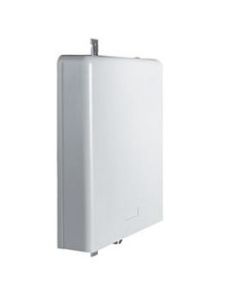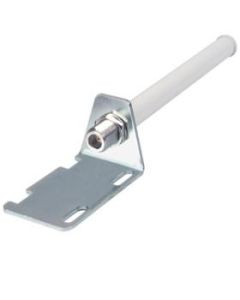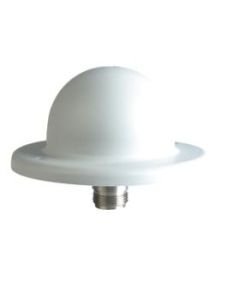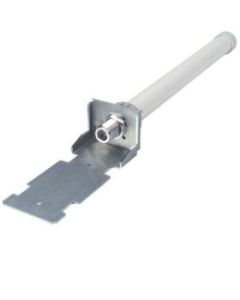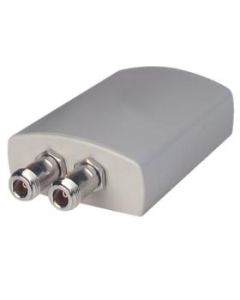Antenna
Antenna
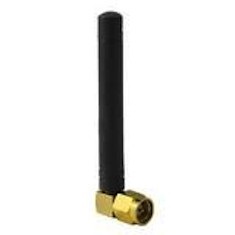

In wireless networks there are two primary types of antennas used which are directional and Omni-directional (commonly referred to as just Omni). Directional antennas point radio frequency (RF) in a specific direction for RF concentration within a targeted area. Omni antennas provide equal coverage in all directions, with a coverage pattern that looks like a sphere.
Directional antennas would be the most suitable for connecting buildings over point-to-point links in outdoor areas. Having different directional angles, the directional antennas bind the send/receive signal. Wide angles are prevalent for short distances and for longer angles (e.g. 1000m or more) a more acute angle is favoured (30° or less). Directional antennas generate a much greater range by confining and restricting these areas and bundling the send/receive signal in a unidirectional way. The omni antenna is often the better option for rooms and open areas in the interior and exterior because of its ability to cover a circular area.
The newer wave of WLAN technology also supports MiMo (Multiple In Multiple Out) antennas. MiMo antennas consist of a single structure containing up to three single antenna elements inside. Enabling a higher data rate and a better quality of connectivity in EMI environments these antennae actively utilize reflections and delays in signal propagation to integrate more than one stream.
BAT Antenna
The large variety of omnidirectional antenna, directional antenna, vehicle Omni antenna and leaky cable offers provide the perfect solution for the application.
The Hirschmann antenna portfolio has been developed further with regards to vibration resistance, grounding behaviour, impermeability and emission behaviour in order to improve their products.
Product features
- · All antennas comply with the IP65 degree of protection – (the sole exception to this is the BAT-ANT-N-14GIP23 antenna
- · The emission behaviour of the new antennas has improved transmit and receive power during operation.
- · The antennas are equipped with N sockets which allow you to connect easily and quickly with other cable and overvoltage protectors.
Products are broken down into the following sections, please select the section you wish to start with.
-
 942046001 | BAT-ANT-RSMA-2AGN-R | Industrial EthernetBAT-ANT-RSMA-2AGN-R 10pcs, Omnidirectional antenna for 2.4 GHz band and 5 GHz band
942046001 | BAT-ANT-RSMA-2AGN-R | Industrial EthernetBAT-ANT-RSMA-2AGN-R 10pcs, Omnidirectional antenna for 2.4 GHz band and 5 GHz band -
 942047001 | BAT-ANT-N-3AGN-F | Industrial EthernetBAT-ANT-N-3AGN-F 10pcs, Omnidirectional antenna for 2.4 GHz band and 5 GHz band
942047001 | BAT-ANT-N-3AGN-F | Industrial EthernetBAT-ANT-N-3AGN-F 10pcs, Omnidirectional antenna for 2.4 GHz band and 5 GHz band -
 942110001 | BAT-ANT-N-3AGN-IP67 | Industrial EthernetBAT-ANT-N-3AGN-IP67 (10pcs), Omnidirectional antenna for 2.4 GHz band and 5 GHz band
942110001 | BAT-ANT-N-3AGN-IP67 | Industrial EthernetBAT-ANT-N-3AGN-IP67 (10pcs), Omnidirectional antenna for 2.4 GHz band and 5 GHz band

